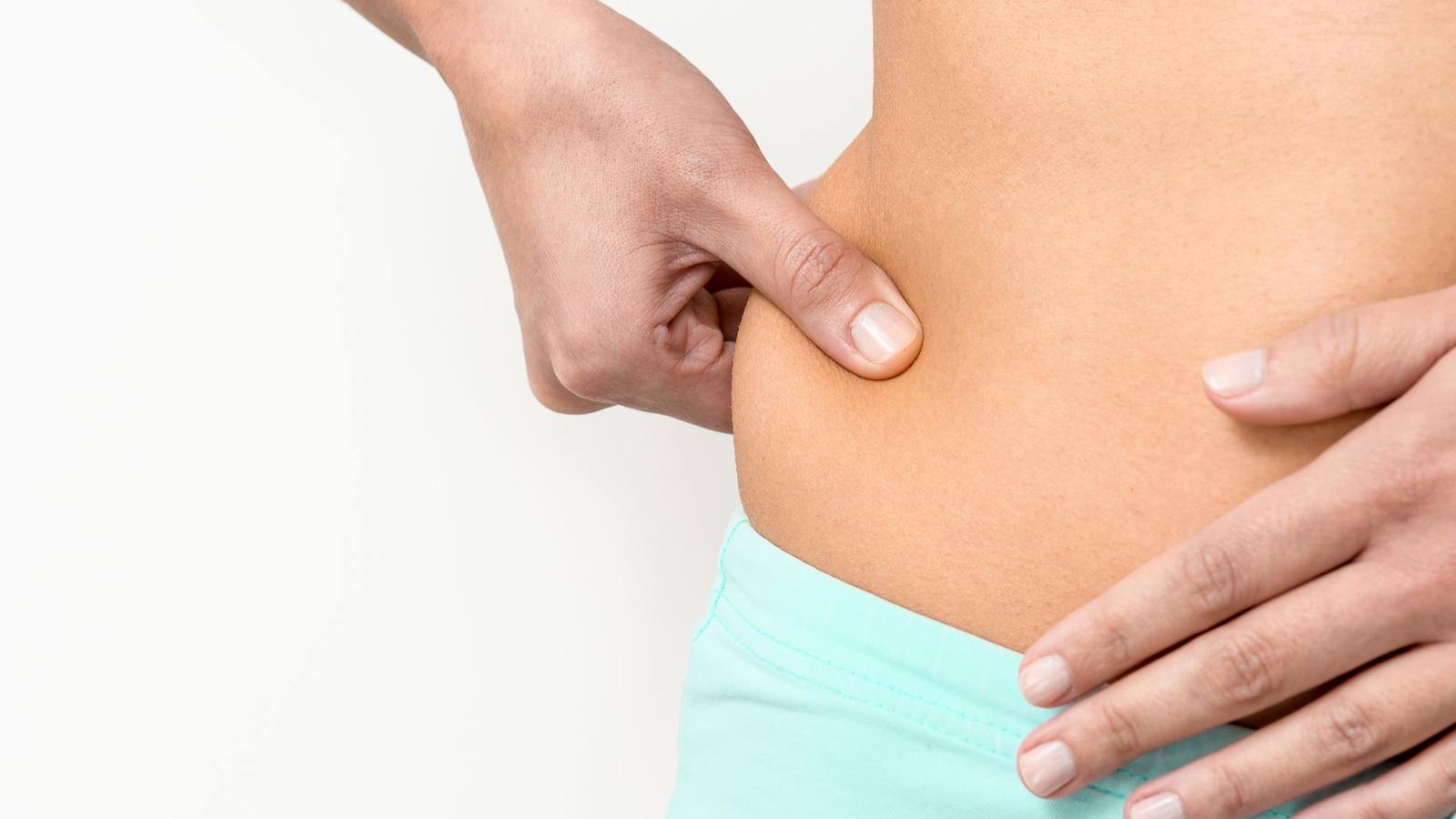
Reducing fat in food and the effect on texture

Delicious desserts, mouth-watering canapes, mind-blowing buffets… no doubt you will have experienced these during the festive season and have started noticing the consequences. Your consumers will have put on some unwelcome pounds too and will be looking for several solutions to remove them. It’s likely that they will turn to the reduced-fat versions of their preferred food choices. However, texture plays a large part in consumer enjoyment and expectations of textural attributes remain high. When reformulating your products you will be looking for change that show as little impact as possible. Understanding the impact on texture and the potential implications of these texture changes is crucial in ensuring new product launches aren’t a miss with consumers.
Reducing the fat content and energy value of a food product implies the application of an adequate fat substitute. Ideal fat substitutes should have all the functional characteristics of lipids, but also lower energy value, preferably 0 kcal/g. The functional properties that a fat substitute should have are sensory properties (odour and taste) and rheological properties (viscosity, consistency, texture).
Around the world there have recently been several pieces of research published in the areas of dairy, bakery and meat products – all known for their popular high calorie offerings and all looking for solutions to offering a lower fat counterpart. Here’s how they’ve applied their Texture Analyser:
A modified plant sterol, beta-sitosteryl oleate, was incorporated into a reduced-cholesterol butter to improve its physicochemical properties. The reduced-cholesterol butter was comparable to regular butter with respect to its consistency and melting properties and could be made into sticks. In addition to the reduced-cholesterol butter, this product could provide the foundation for new products blending butter and oils to create other low-cholesterol, reduced saturated-fat products, possibly in stick form.
In the bakery and snacks industry the increased demands of healthy natural foods represent a challenge for food processors. Chia gel as fat substitute for producing low fat cake has been found to produce a product that maintains its physicochemical properties and nutritional quality as well as consumer acceptability.
With consumers constantly searching for healthier options in their food, bakery manufacturers are looking to improve the nutrient profile of their products. So how about: Use of glycosylated wheat protein in emulsions and its application as a fat replacer in microwave cakes? Or, Bamboo Fiber as a Substitute for Fat and/or Sugar in Cookies?
Can a structured emulsion (fat in water‐fiber system) substitute saturated fat in cookies without hampering their quality? Replacing fat and saturated fat in baked goods without affecting their quality characteristics is a challenging task but the use of structured emulsion might be a valuable alternative to develop a potentially healthier product with acceptable sensory properties. And how about the Reduction of saturated fat in chocolate by using sunflower-hydroxypropyl methylcellulose based oleogels as a partial cocoa butter replacer in chocolates?
In the meat industry the use of different sources of materials (mostly from plants) as a fat replacer to ensure palatability required by consumers is not an easy task. Many different ideas have been investigated in a wide range of meat products:
Influence of additives on rheological and textural properties of cellulose based fat mimetic
Rice bran oil emulgel as a pork back fat alternate for semi-dried fish sausage
Partial fat replacement in liver pâté using canola oil organogel
Plant-based oil inks that imitate the texture and melting behavior of traditional animal fats using 3D printing have also been developed. Fat analogues containing coconut oil could be texturised at temperatures lower than those required for their soybean oil counterparts.








